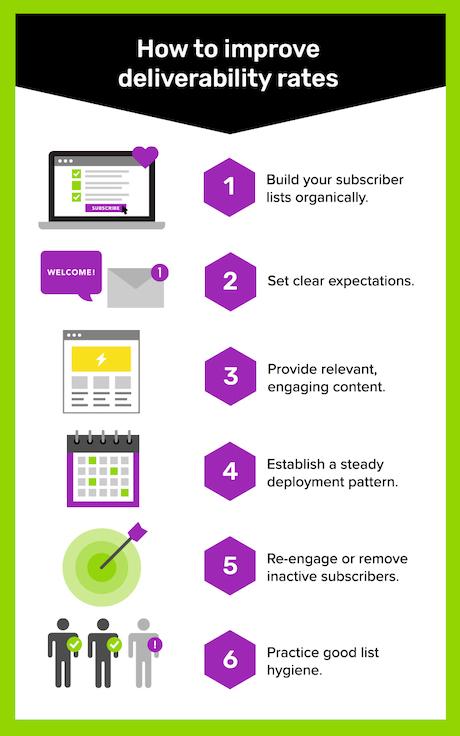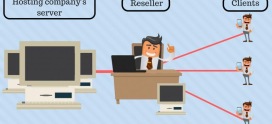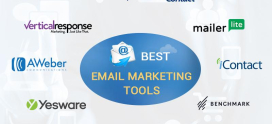
How to Improve Email Deliverability Rates for Your Business
Are your emails vanishing into the abyss of the spam folder? You’re not alone. Many businesses face this frustrating issue, hampering their ability to reach customers. It can feel disheartening when your carefully crafted messages don’t land where they should. The good news? There are practical ways to boost your email deliverability rates and ensure your communications are seen. Together, we’ll unravel the secrets to making sure your emails not only reach the inbox but also resonate with your audience. Ready to take control of your email marketing? Let’s dive in!
Understanding Email Deliverability
Email deliverability is the percentage of emails that reach the intended inboxes, versus those that get lost in spam filters or bounce back. It’s crucial for the success of any email marketing strategy. When your emails are consistently delivered, you increase engagement, build relationships, and ultimately drive sales. But what affects deliverability rates? Factors include sender reputation, authentication protocols, and the quality of your email content.
Why Email Deliverability Matters
Think of email deliverability like a key to a locked door. If your key’s not working, you can’t get through. In the business world, that locked door represents your customers’ attention. High deliverability ensures you’re not just sending emails into the void; you’re reaching real people who can respond. When emails land where they should, you draw customers closer to your brand, leading to loyalty and conversions.
Key Factors Affecting Email Deliverability
There are several important factors that can make or break your email deliverability. Understanding these helps you strategize better.
Sender Reputation
Your sender reputation is like a credit score for your email sending. Internet Service Providers (ISPs) use your reputation to decide whether to deliver your emails to the inbox or mark them as spam. Factors that influence your sender reputation include your bounce rates, spam complaints, and engagement metrics. Keeping your reputation high is essential!
Email Authentication
Email authentication is designed to protect your domain identity and to ensure the recipient knows your email is legitimate. Protocols like SPF (Sender Policy Framework) and DKIM (DomainKeys Identified Mail) are critical. They verify the sender’s identity and help to prevent impersonation attacks.
Content Quality
The quality of your email contents can significantly affect deliverability. Poorly written emails, excessive use of promotional language, or broken links can trigger spam filters. Focus on providing value and maintaining a conversational tone. The more engaging your content, the better your results!
Practical Tips to Improve Email Deliverability Rates
Now that we understand what impacts deliverability, let’s explore some practical solutions.
1. Build a Clean Email List
Your email list is your audience lifeline—make sure it’s a good one! Regularly cleanse your list by removing inactive users and invalid email addresses. A targeted list will not only help improve your open rates but also enhance your sender reputation. Treat your list like a garden; prune it regularly for the best growth.
2. Segment Your Audience
Just like a well-tailored suit fits a person perfectly, segmenting your email list ensures your content fits your audience. By categorizing your audience based on their interests, behaviors, and demographics, you can send more relevant messages. Increased relevance leads to greater engagement and lowers the likelihood of your emails being marked as spam.
3. Use a Recognizable Sender Name
Your “from” name should be familiar to your recipients. When people receive emails from a recognizable name, they’re more likely to open them. This familiarity builds trust, which acts as another layer of protection against spam filters.
4. Optimize Sending Frequency
Too many emails can overwhelm your audience, while too few can lead to disengagement. Finding the right balance is key. Use metrics to analyze how often your audience engages and adjust your sending frequency accordingly. Think of it like a dance; timing is everything for the perfect partnership!
5. Monitor Engagement Metrics
Keep an eye on open rates, click-through rates, and unsubscribe metrics. This data will give you insights into which types of content and styles work best for your audience. Regularly analyzing these metrics lets you refine your strategies over time, keeping your email marketing fresh and effective.
6. Test and Optimize Your Content
Experiment with different subject lines, sending times, and email formats to see what resonates best with your audience. A/B testing can be incredibly beneficial. It’s like trying on different outfits until you find the one that fits just right!
7. Implement Email Authentication
Make sure to set up SPF, DKIM, and DMARC. This will help verify your identity and secure your emails against phishing attacks. While it might feel like a technical hurdle, think of it as putting a sturdy lock on your front door—keeping intruders out builds trust!
8. Stay Compliant with Regulations
Compliance with regulations like GDPR and CAN-SPAM is not just legally required but also builds trust with your audience. When people know you respect their privacy, they’re more likely to engage with your content. Always include an easy way for users to unsubscribe, as this fosters transparency.
Frequently Asked Questions
What is email deliverability?
Email deliverability refers to the success rate at which your emails land in recipients’ inboxes instead of their spam folders.
Why is my email not being delivered?
Several factors could lead to non-delivery, such as a poor sender reputation, unverified email authentication, or low-quality content.
How often should I send emails to my list?
The frequency for email sends can vary, but a good starting point is once a week. Adjust based on engagement metrics.
What’s the best way to build an email list?
Offer value to your audience, like exclusive content or discounts, to encourage sign-ups. Ensure that sign-up methods are visible and easy to access.
Do I need to authenticate my emails?
Yes, authenticating your emails through SPF, DKIM, and DMARC is crucial for improving your deliverability rates and protecting against phishing.
Can my email content affect deliverability?
Absolutely! Poor-quality content or excessive promotional language can trigger spam filters, negatively impacting deliverability.
What metrics should I monitor for email success?
Key metrics include open rates, click-through rates, bounce rates, and unsubscribe rates. These help gauge your email performance.
How can I improve my sender reputation?
Maintain a clean email list, reduce bounce rates, engage with your audience, and avoid spam complaints to improve your sender reputation.
Conclusion
Improving your email deliverability rates may seem daunting, but it’s all about strategy and maintaining consistent practices. By focusing on your sender reputation, content quality, and audience engagement, you’re laying the groundwork for a successful email strategy. Remember, your biggest asset is your audience, and nurturing That relationship can lead to increased loyalty and sales. Keep testing, learning, and optimizing your approach to ensure that your emails not only land in inboxes but also drive the results you’re looking for. With persistence and careful planning, you can master the art of email deliverability and make every message count. Happy emailing!









